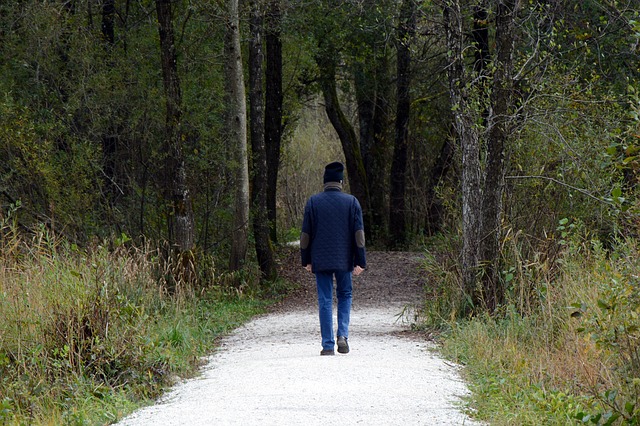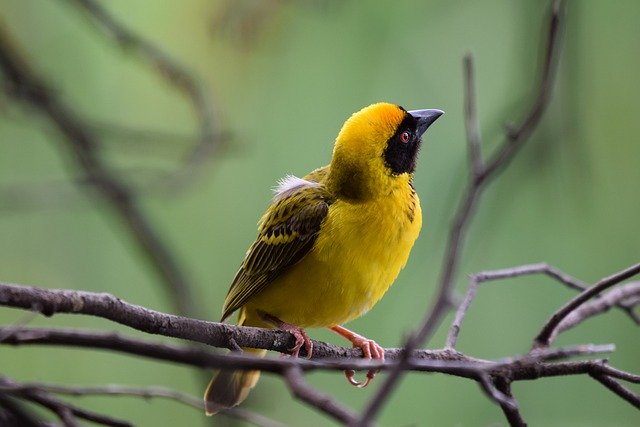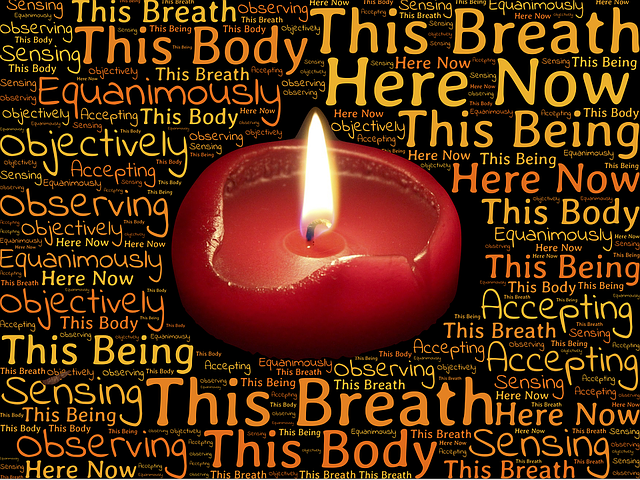Mark Coleman offers an insight meditation podcast as part of the extended bonuses of the upgrade version of the Nature Summit. He introduces the guided meditation as a mindfulness practice that is in line with the Vipassana tradition which seeks to develop deep personal insight to gain a peaceful, happy, and productive life. The Vipassana meditation approach involves in-depth insight practice over ten days in a residential training environment with a rigid discipline code designed to remove all external distractions and facilitate sustained awareness.
Insight meditation focuses on exploration of our inner landscape by paying attention to aspects of life as it is experienced – whether that is our breathing, our listening, or our bodily sensations. It seeks to enable the practitioner to “see things as they really are” and not be blinded by self-delusion, difficult emotions, negative thoughts, or intense bodily sensations. This intense self-observation and self-exploration highlight the interdependence of mind, body, and emotions.
Guided insight meditation
Mark’s light-touch, 30-minute meditation utilises some of the principles of Vipassana without the rigidity of the discipline code or the residential requirement. His approach in the guided meditation is intended “to bring awareness to every aspect of your experience” as you are experiencing it. It builds on and deepens mindfulness of breathing and extends paying attention to sounds and bodily sensations. It has a similar slow-burn focus to Vipassana meditation to enable receptivity to what is occurring and how it is being experienced. It takes “awareness” to another level.
At the hear of Mark’s approach is the desire to help you fully understand the mind-body connection and identify and eliminate patterns of thinking, sensing, feeling, and interpreting that cloud your connection to self and the world around you. It is heavily embedded in your bodily experience and awareness of that experience.
Mark begins by having you focus first on your posture and any tightness in your body – encouraging you to progressively release tension in your jaw, neck, shoulders, stomach, and the muscles in your face and around your eyes. Throughout the meditation he encourages you to not only be aware of aspects of your experience but be conscious of this focused awareness – being conscious that you are being aware, paying attention not only to the content of your awareness but also the process of being aware.
A graduated approach to paying attention
Mark begins the actual guided meditation by having you focus on the sounds that surround you and being conscious that you are actively listening. He discourages interpreting the sounds, evaluating them as good or bad or thinking about the sounds (e.g., trying to work out where they are coming from). He suggests that you “stay with the direct experience of hearing” so that you can be not only aware of the sounds but also the inevitable silence that occurs between them.
He then moves on to have you shift your attention to the experience of breathing, noting the qualities of your breathing – hurried or extended, smooth or stilted, deep or shallow. As part of this intense but relaxed focus, he then gets you to pay attention to each breath as it is occurring – through a sustained focus on each in-breath, out-breath, and the pause between. He suggests that you maintain a general awareness of your body as you await the next in-breath entering your body through your nose. At this stage, he reinforces his intention to help you “know what’s happening as it is happening”.
There will be times when you become “lost in thought” and lose your focus – this provides the opportunity to build awareness of your habituated thinking behaviour and become conscious of any pattern in your thoughts. Constantly returning to your desired focus progressively builds your “awareness muscle”, something that is a widespread deficit in this era of incessant, intrusive, and sustained interruptions and distractions.
In the latter stages of the guided meditation, Mark addresses the issue of bodily sensations. Again, the aim here is to build awareness through direct, conscious experience of what is happening for you. So, Mark has you focus not only on the nature of the bodily sensation (unpleasant or pleasant) but also your relationship to it – how you are relating to the sensation, e.g., with avoidance, resistance, rejection, or persistence. Strong feelings, including pain, will arise at different stages but this is natural as the inner barriers are removed and the sensation is experienced and explored directly. Mark maintains that this level of engagement can lead to “ease”, no matter what you are experiencing. Ultimately, it involves being honest and open with yourself about what you are experiencing. This personal truthfulness underpins the GROW approach to overcoming mental health issues and a “disordered life”.
Clarity about your life purpose
The benefits of insight meditation include the experience of peace and happiness and clarity about your life purpose. As the clutter of thoughts, sensations and emotions reduce, you are able to gain greater clarity about how you can contribute to making life better for other people, You become clearer about your core skills, extent of your knowledge and the breath of your experience and can identify ways to contribute from this position of increased self-awareness. Happiness is intensified when you can utilise your core attributes in pursuit of a purpose beyond yourself.
Reflection
Insight meditation uses our breathing as the anchor to enable us to explore our inner landscape – our thoughts, emotions, and bodily sensations. The discipline of constantly returning to our breath when distractions occur helps to keep us grounded in the present experience. This self-exploration highlights our personal barriers and how we react to what we are perceiving and experiencing in life.
As we grow in mindfulness though insight meditation, we gain a deepened self-awareness, heightened self-regulation and clarity about our life purpose. This, in turn, engenders sustainable peace, happiness and productivity.
_______________________________
Image by Gerd Altmann from Pixabay
By Ron Passfield – Copyright (Creative Commons license, Attribution–Non Commercial–No Derivatives)
Disclosure: If you purchase a product through this site, I may earn a commission which will help to pay for the site, the associated Meetup group, and the resources to support the blog.









